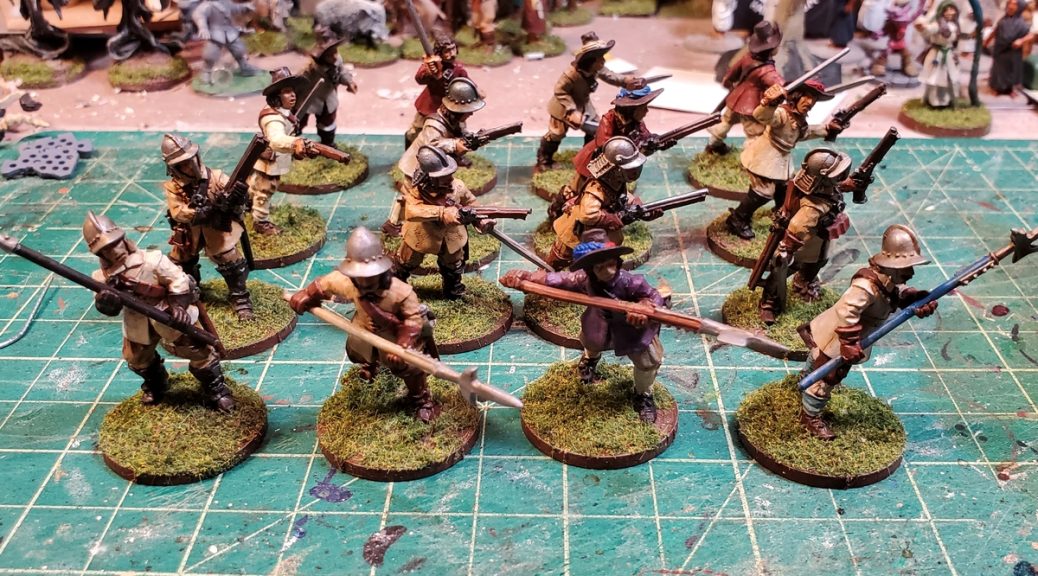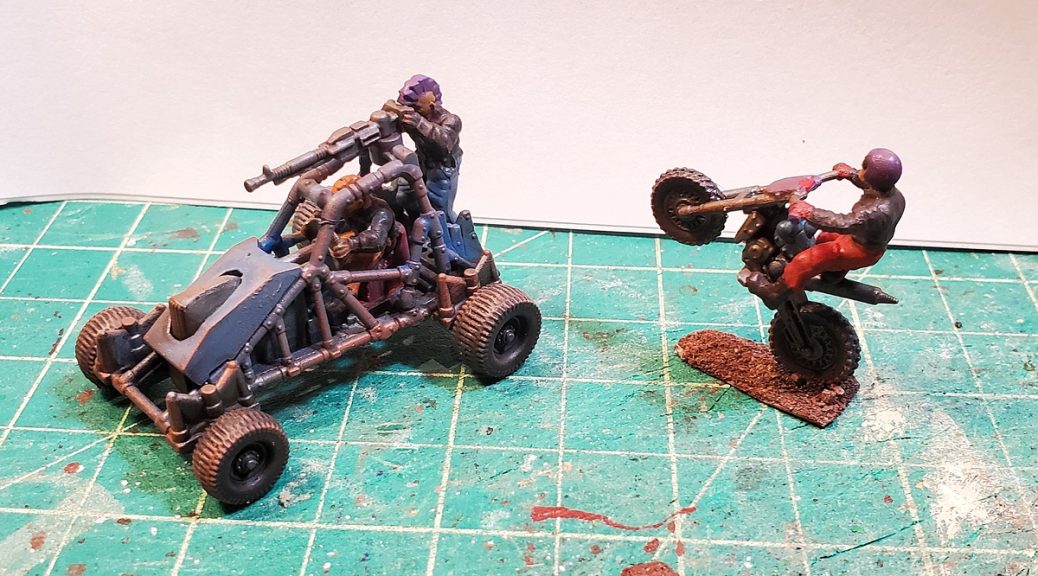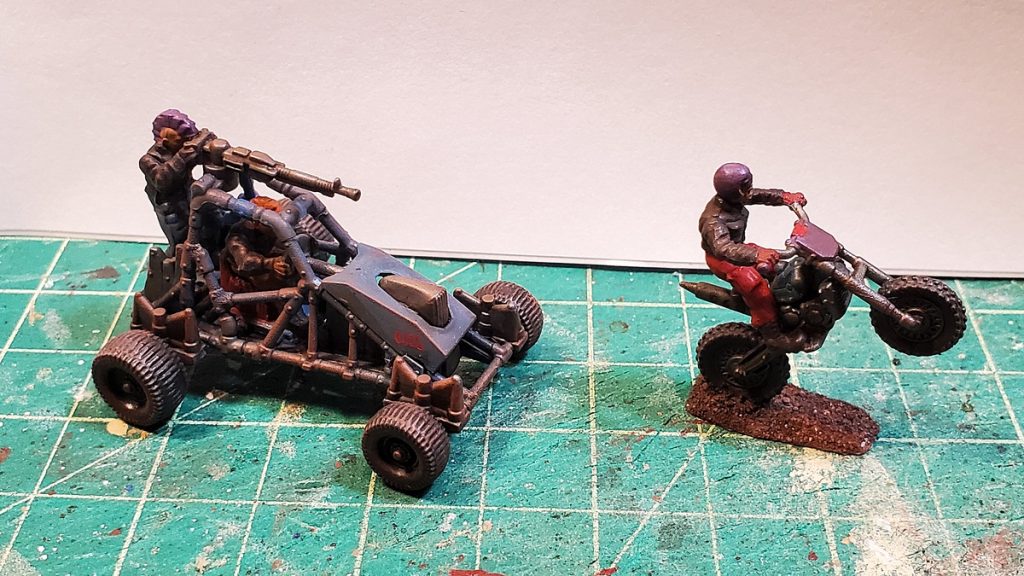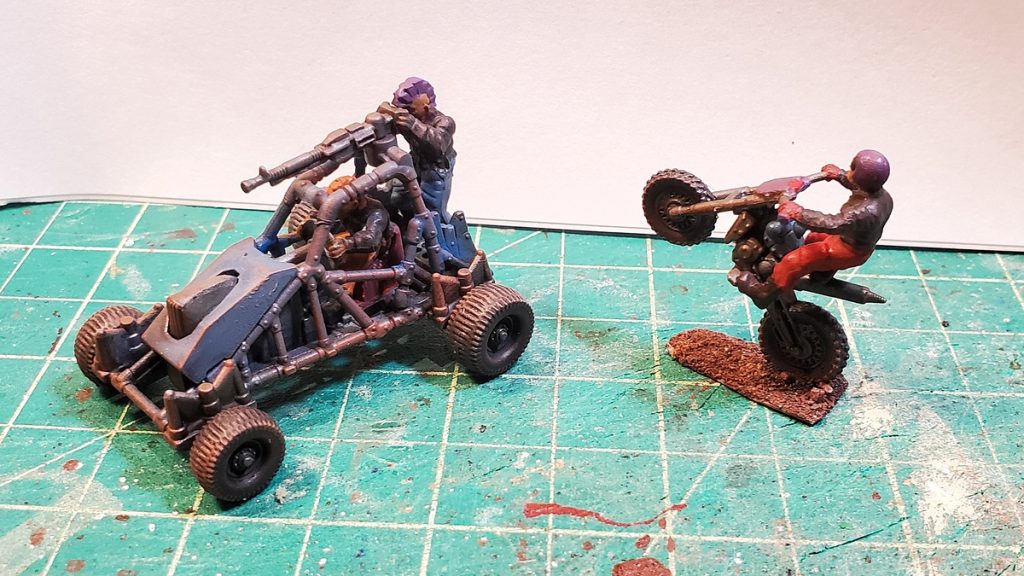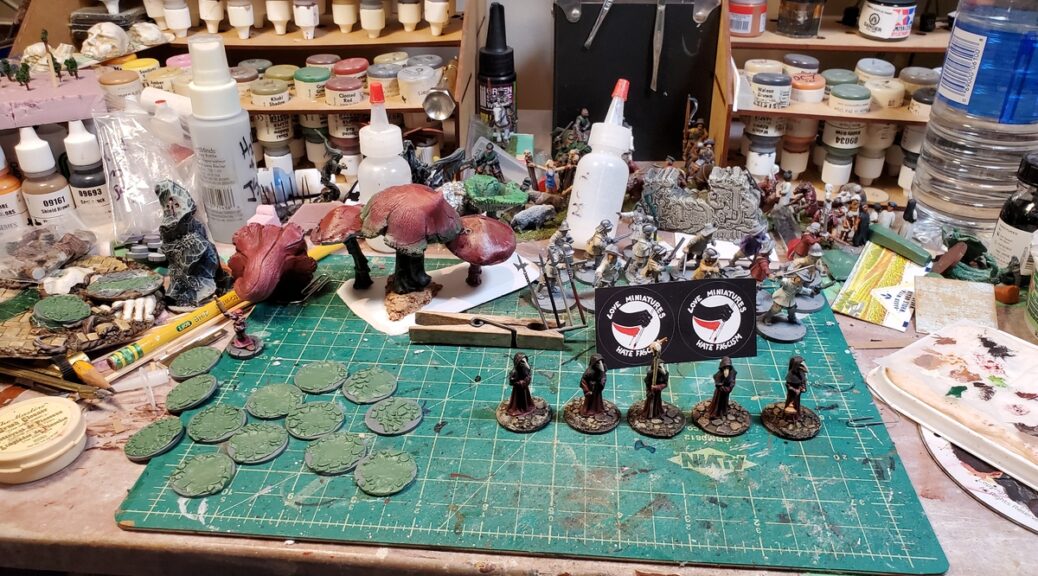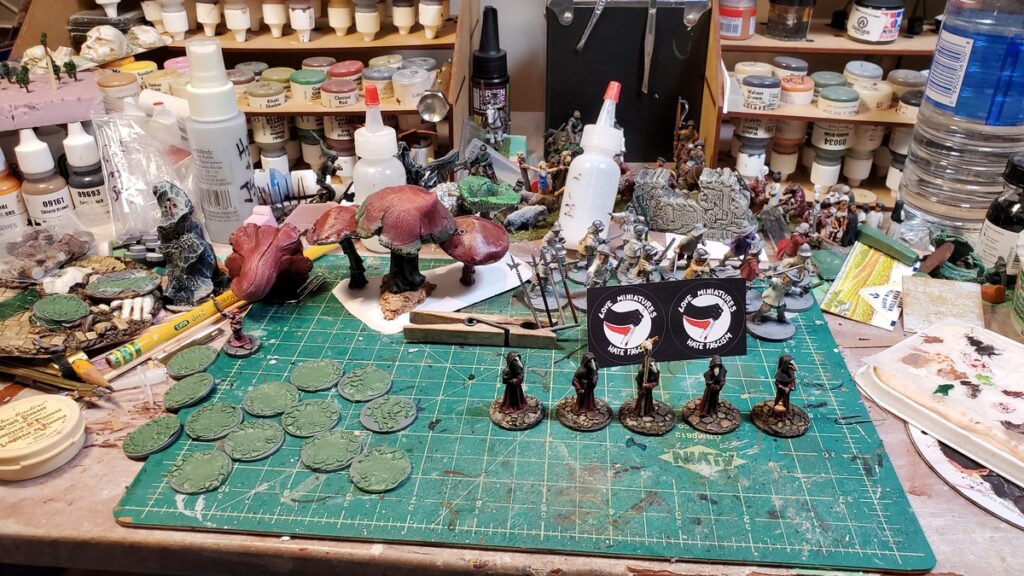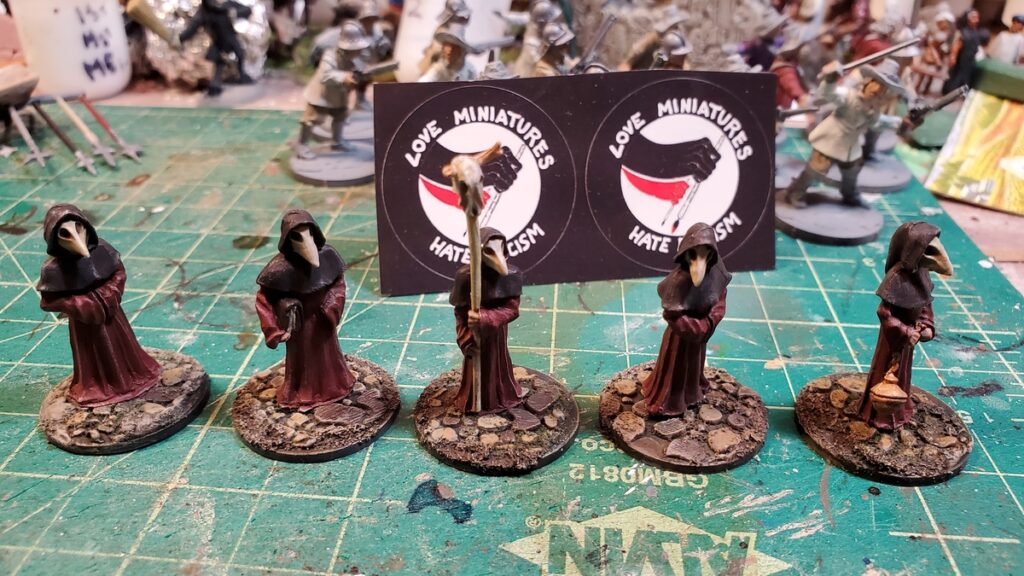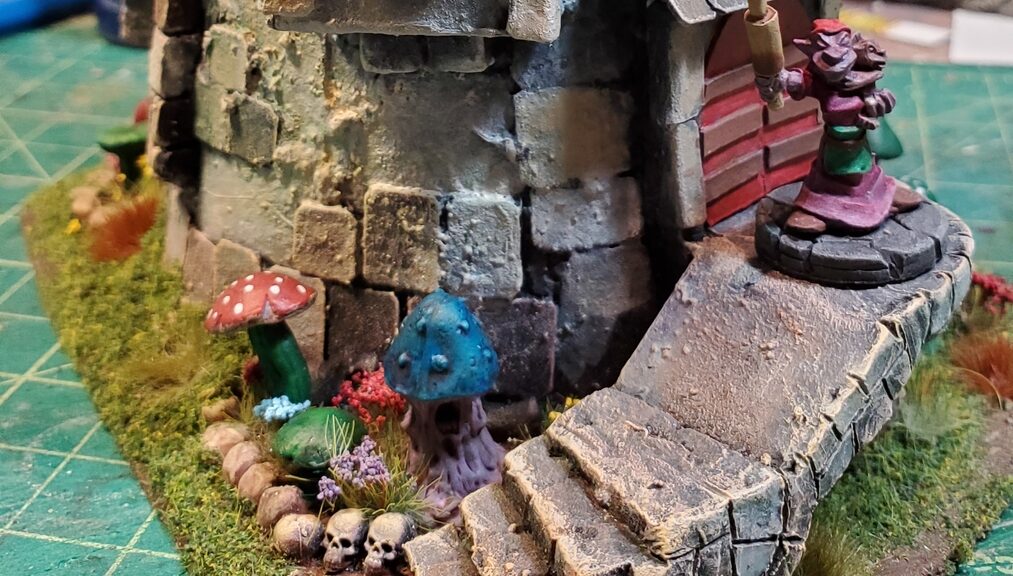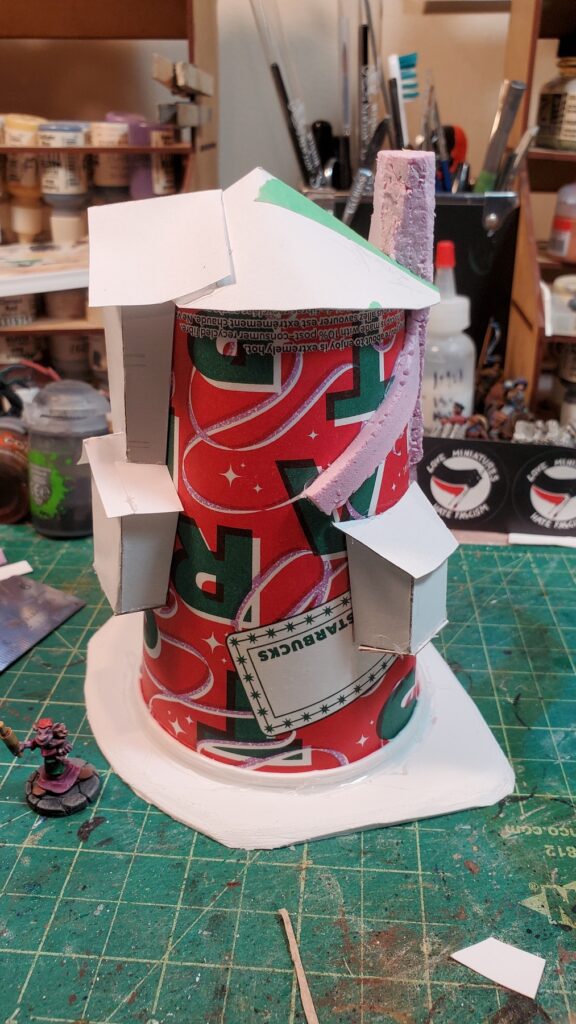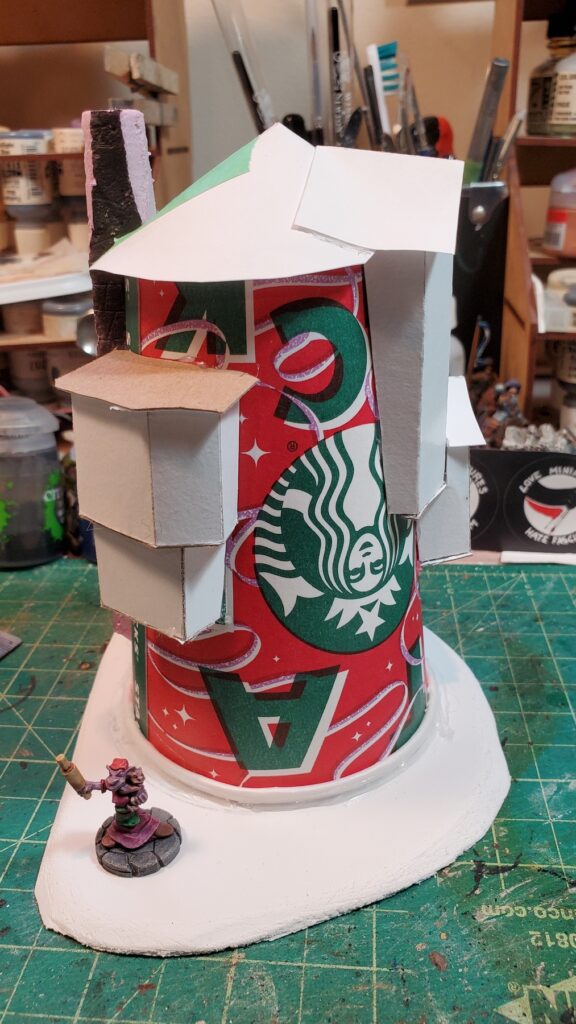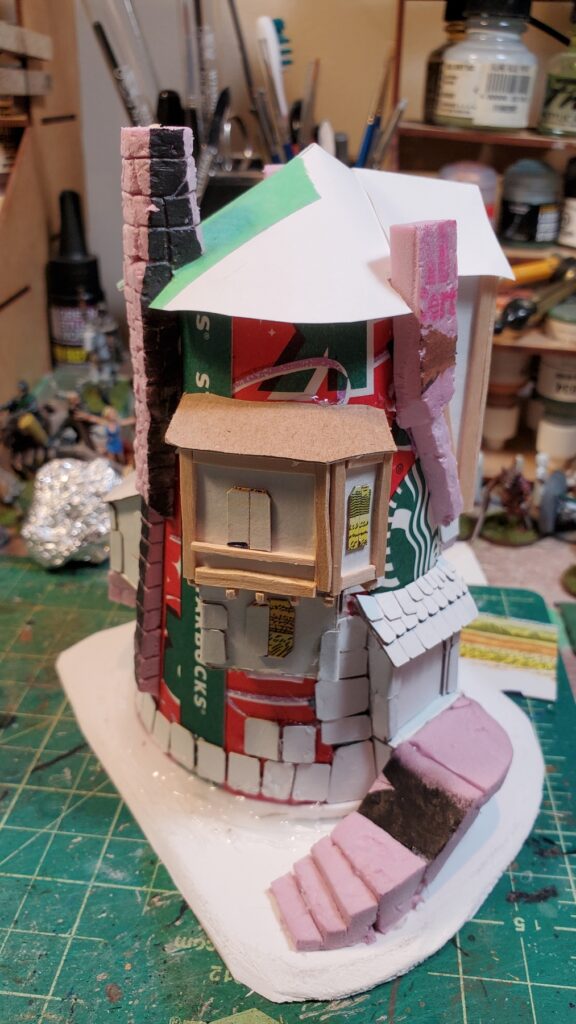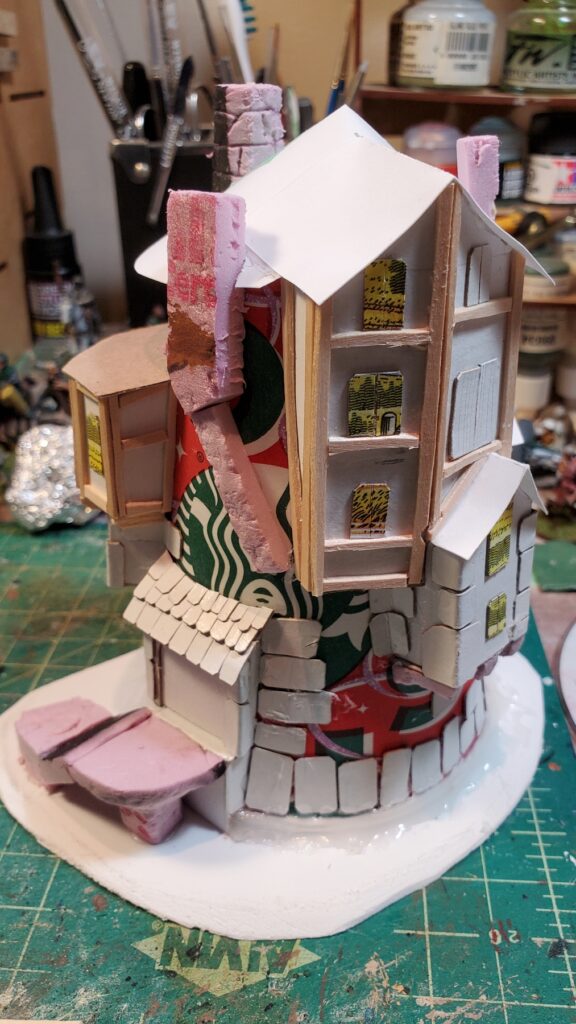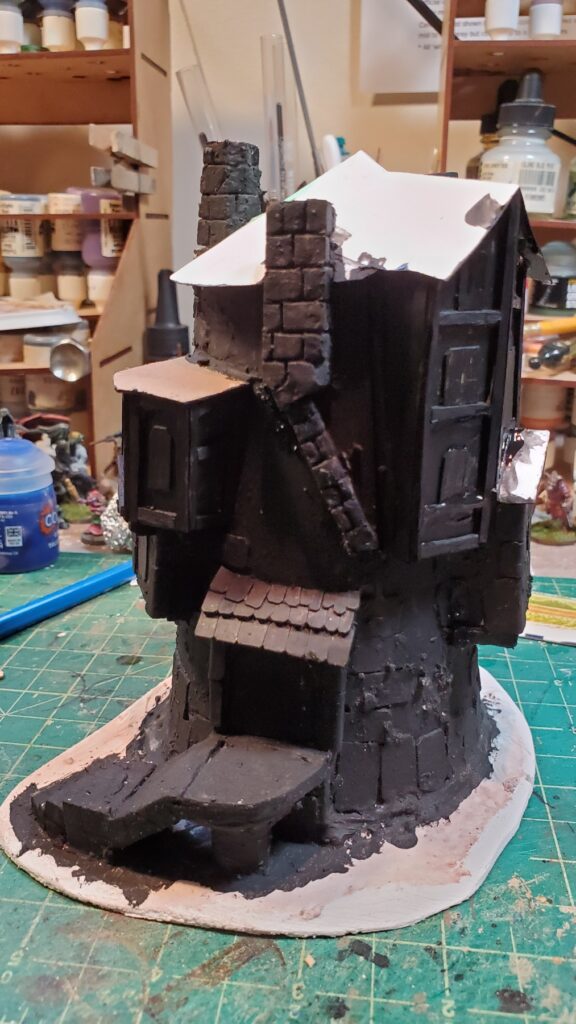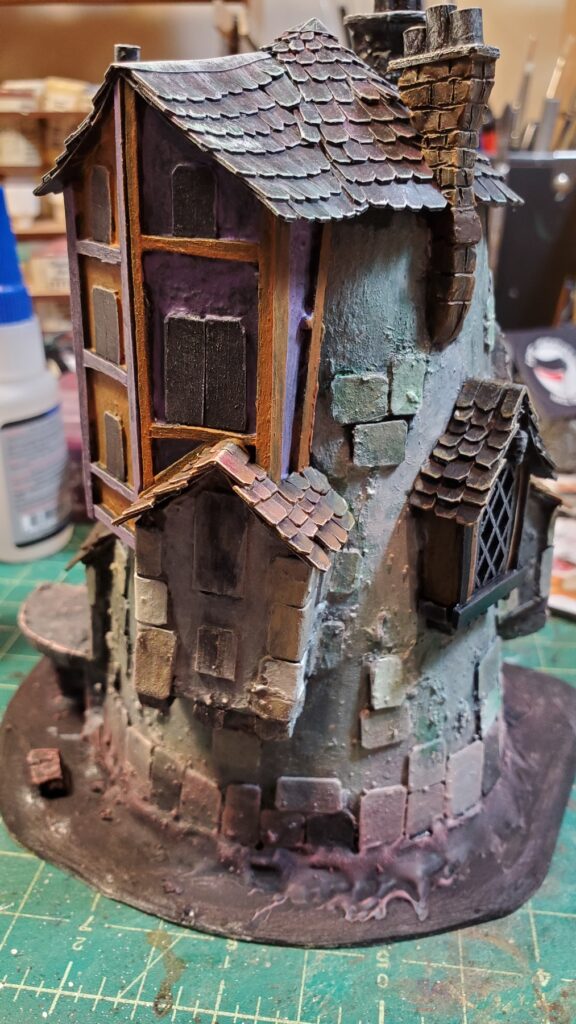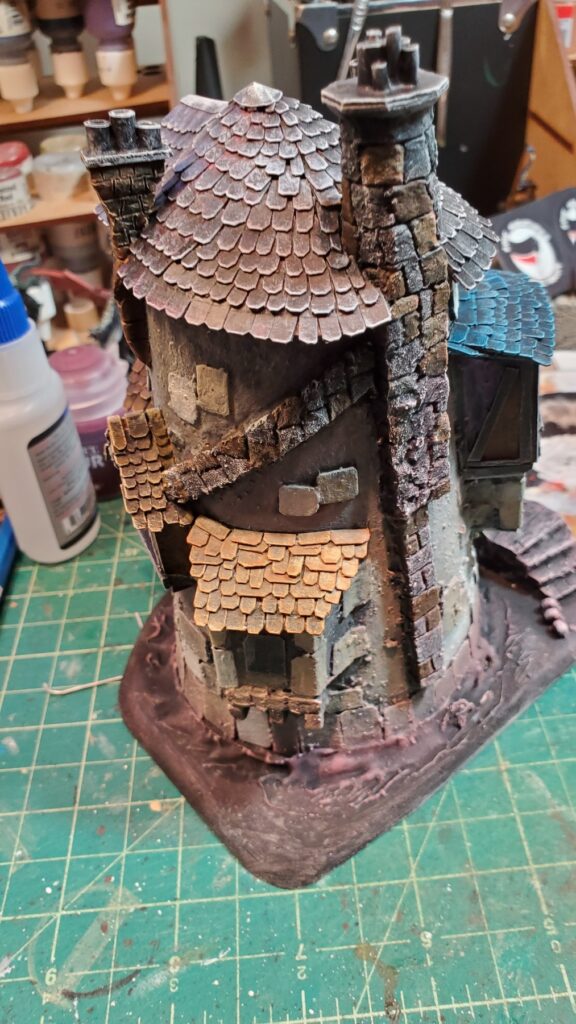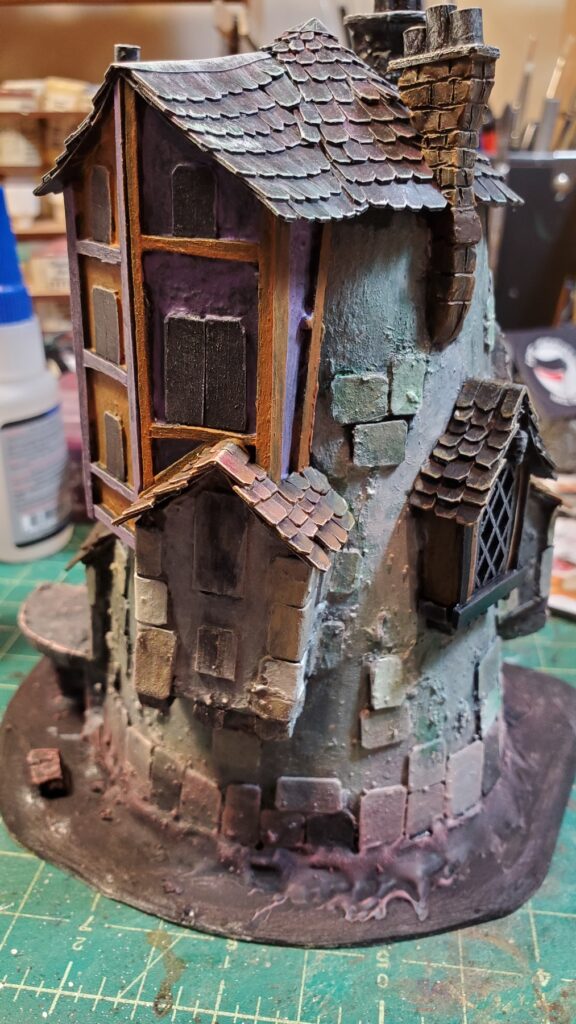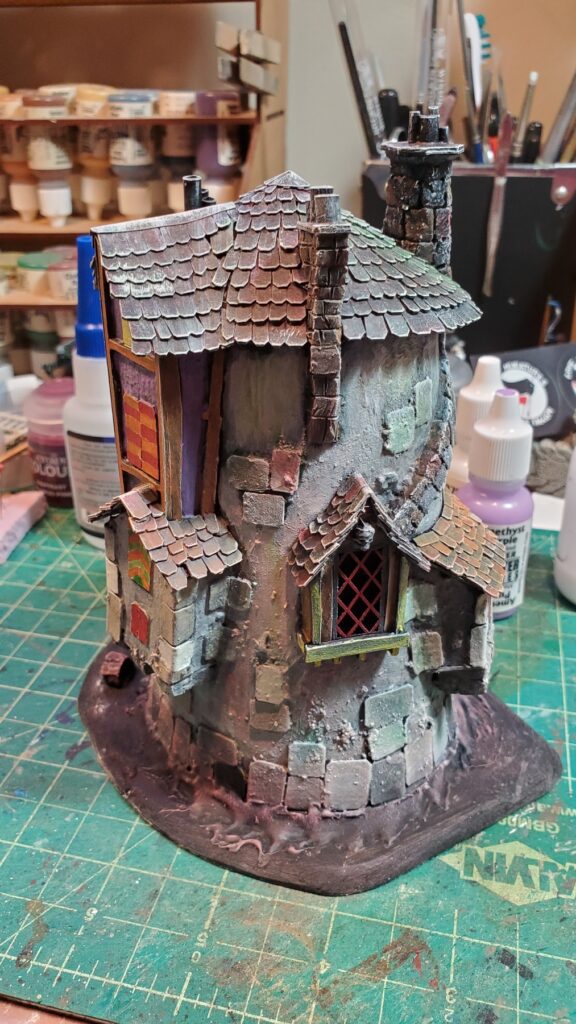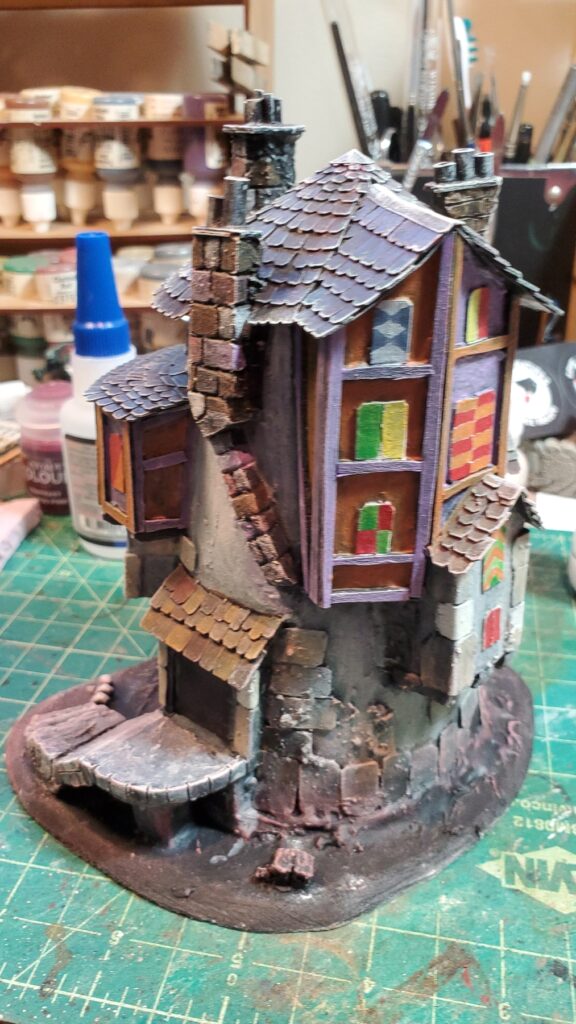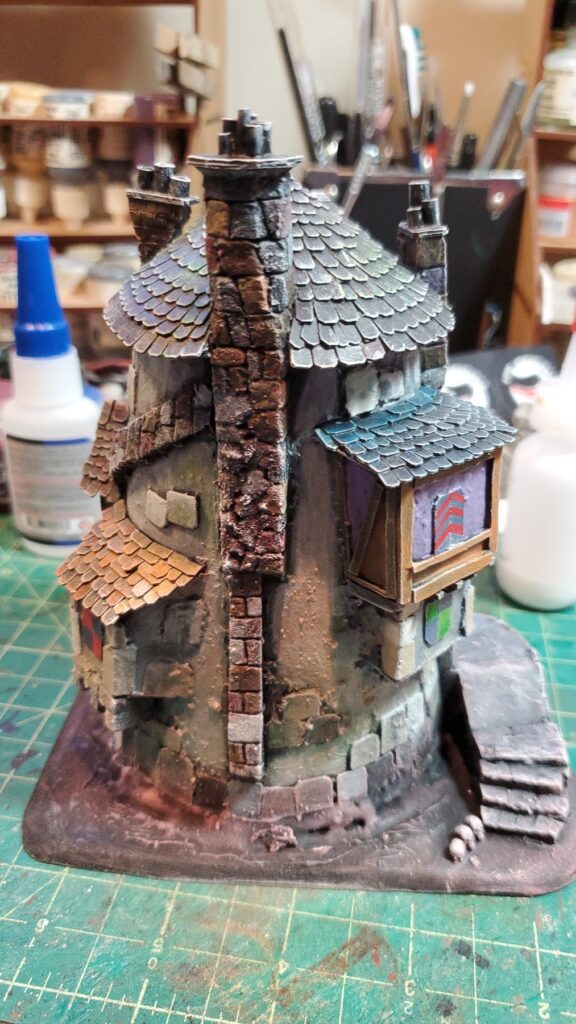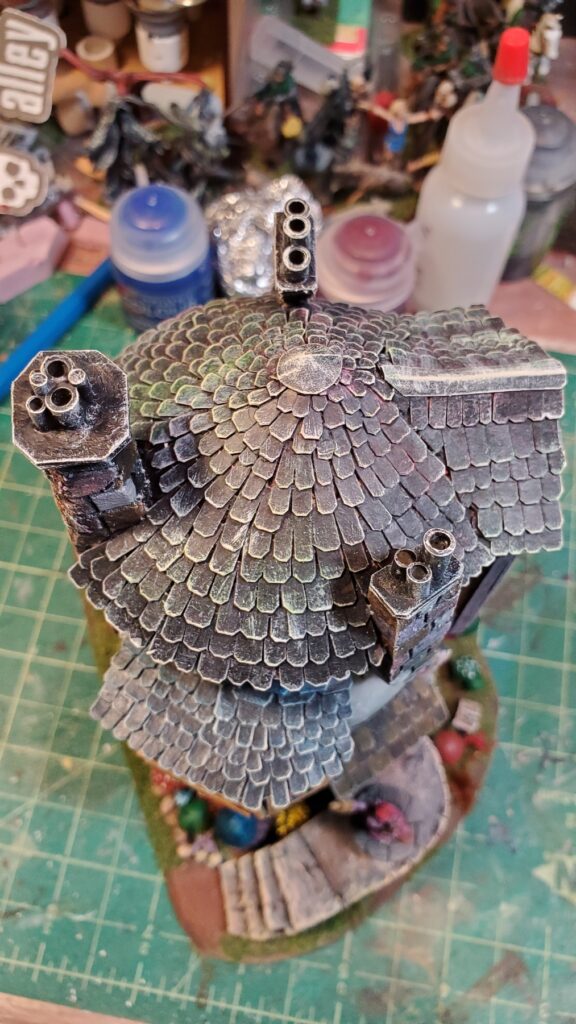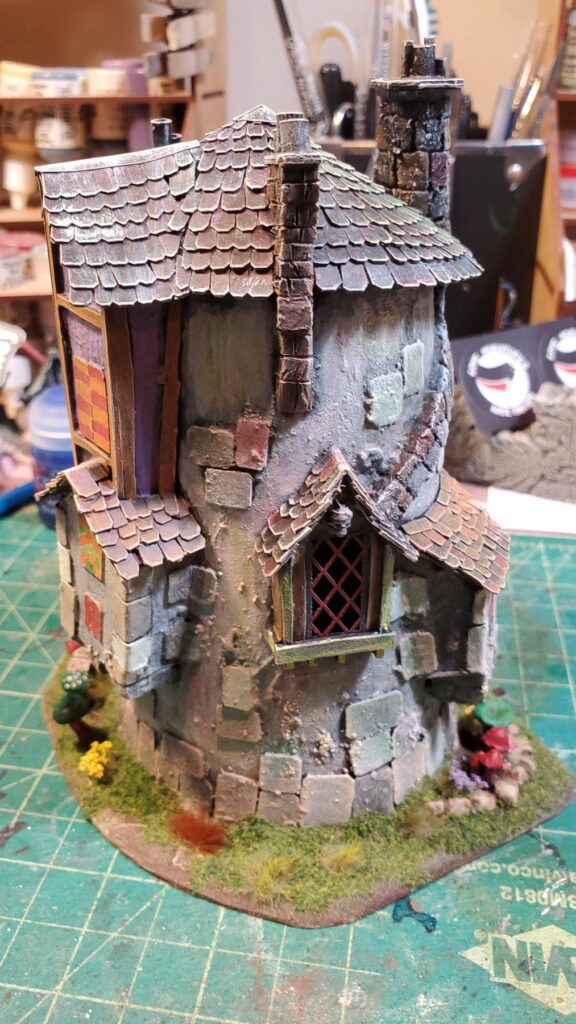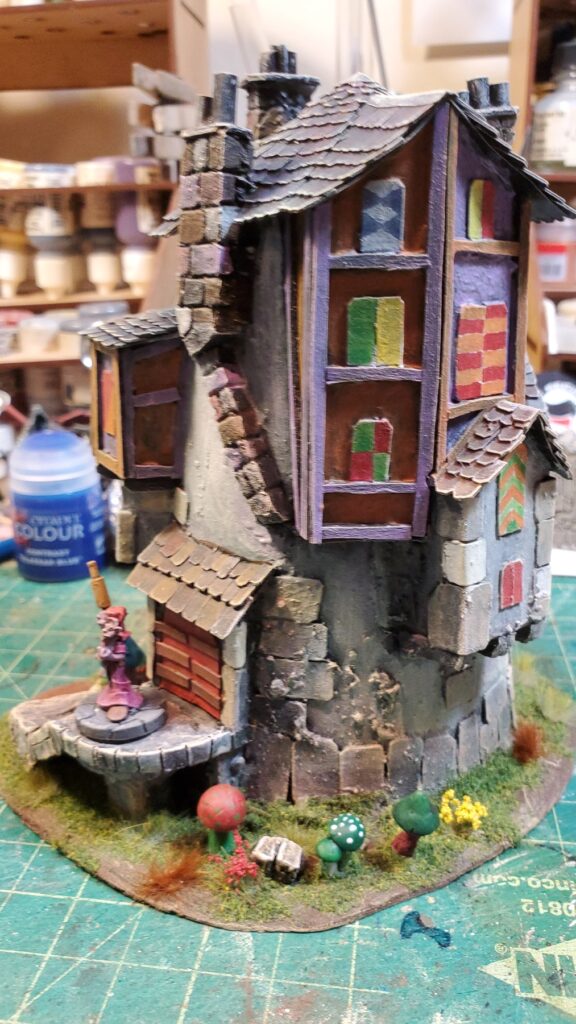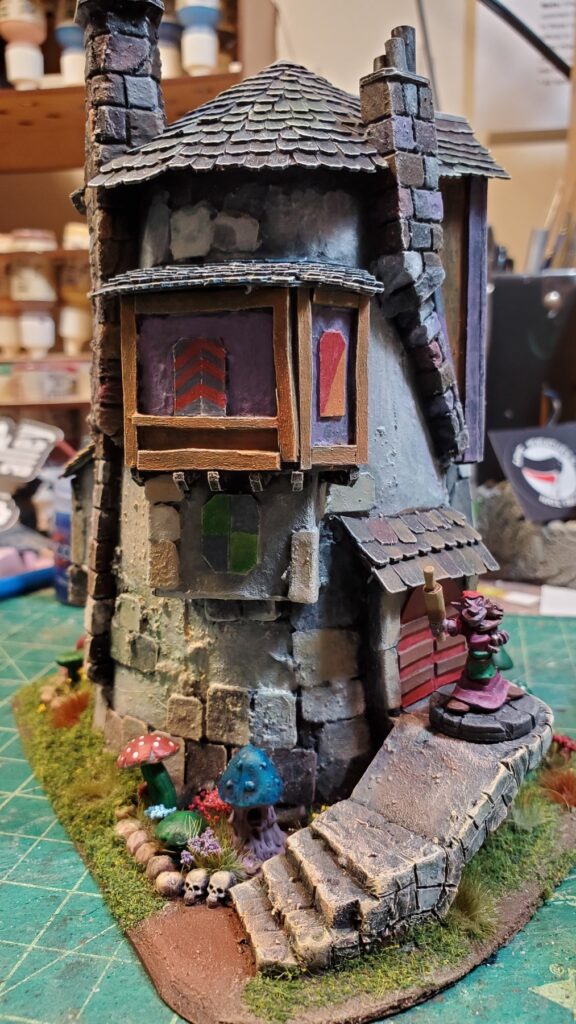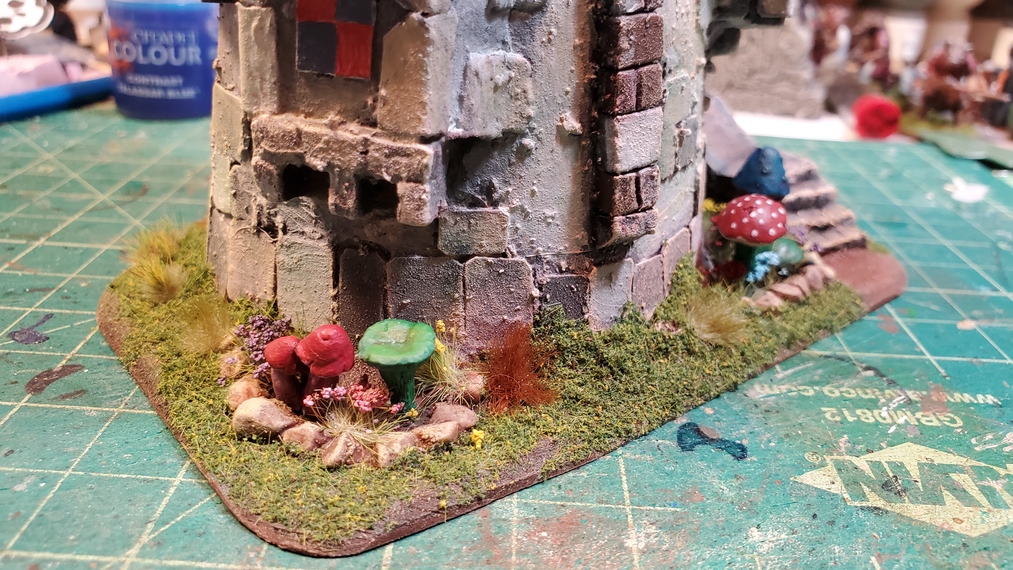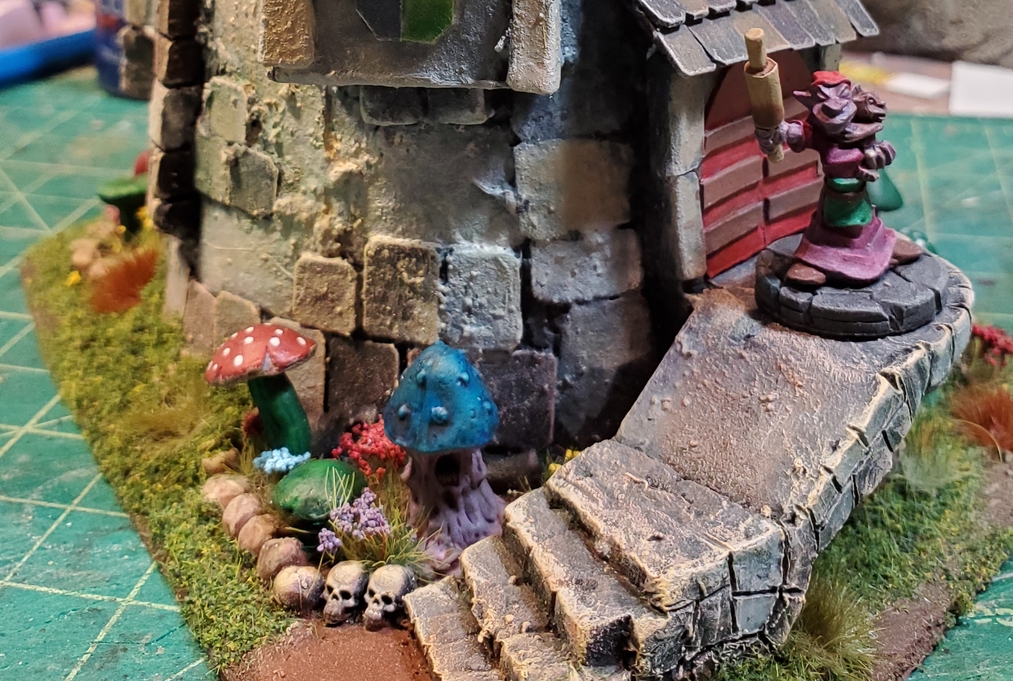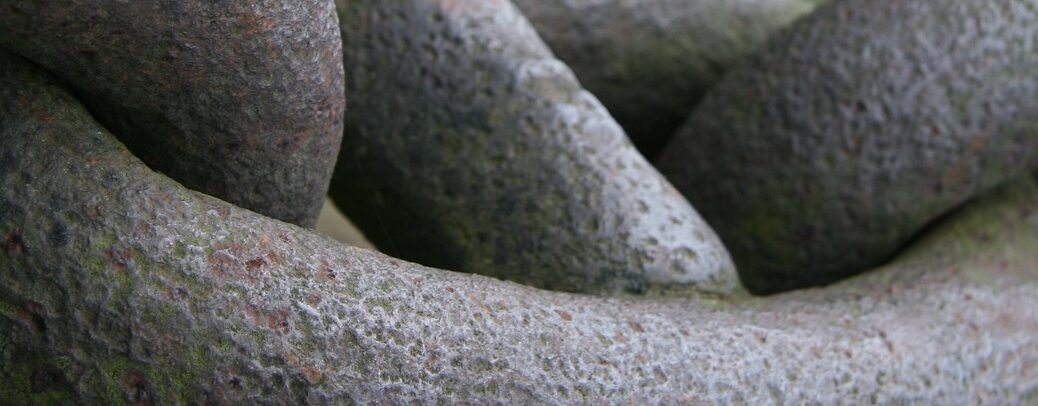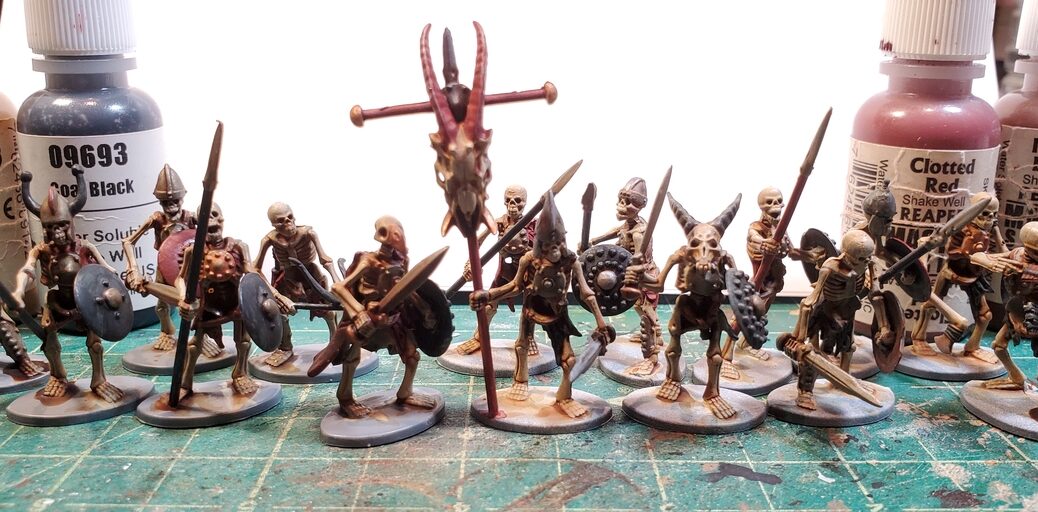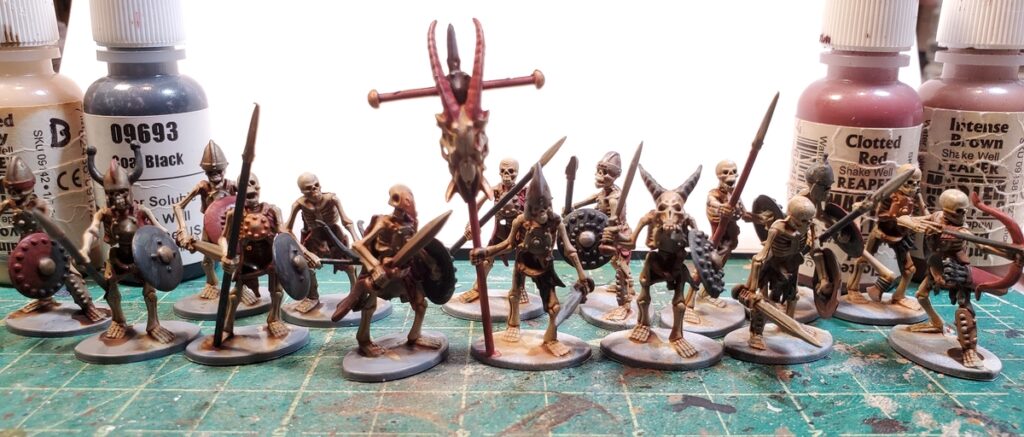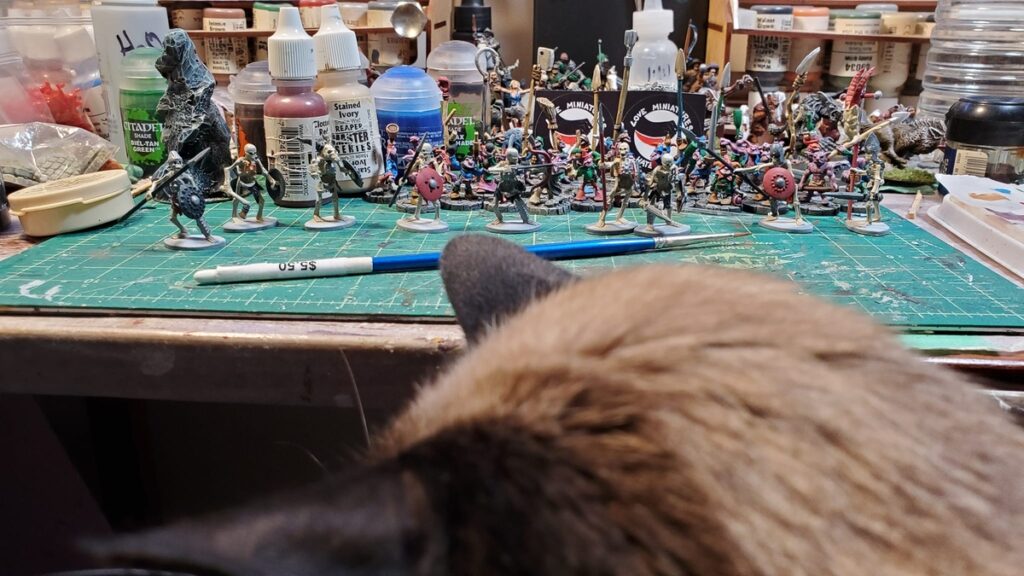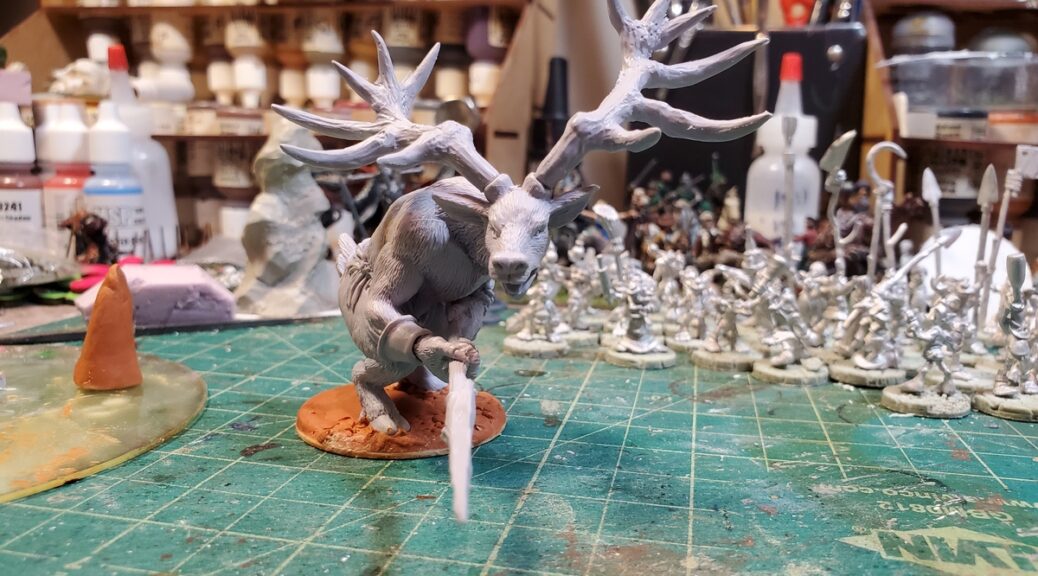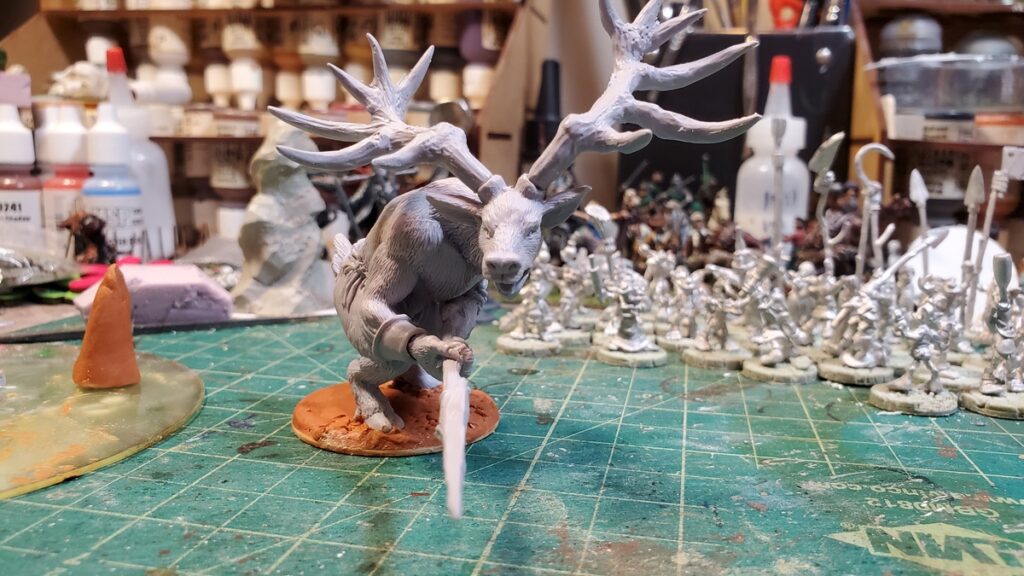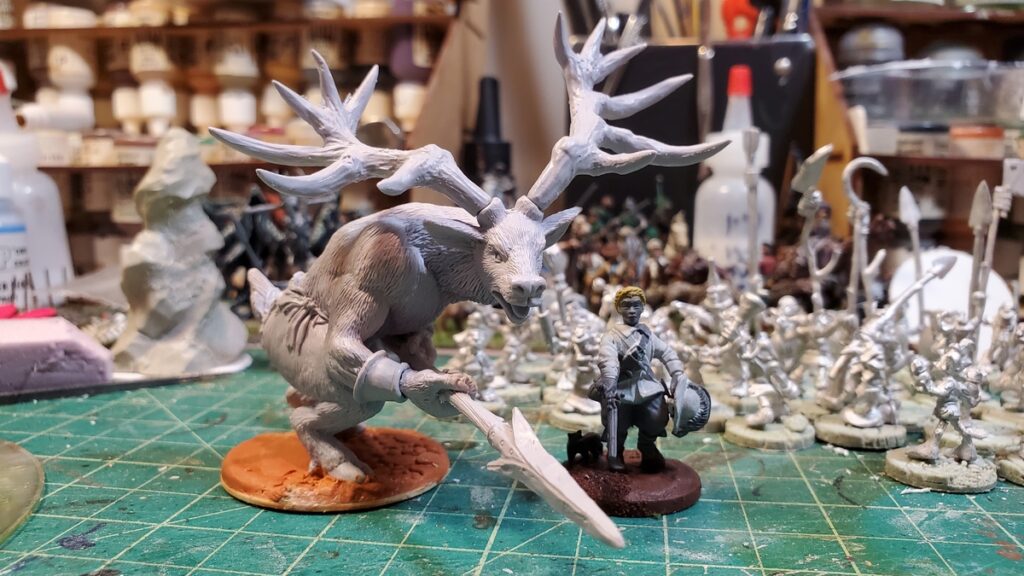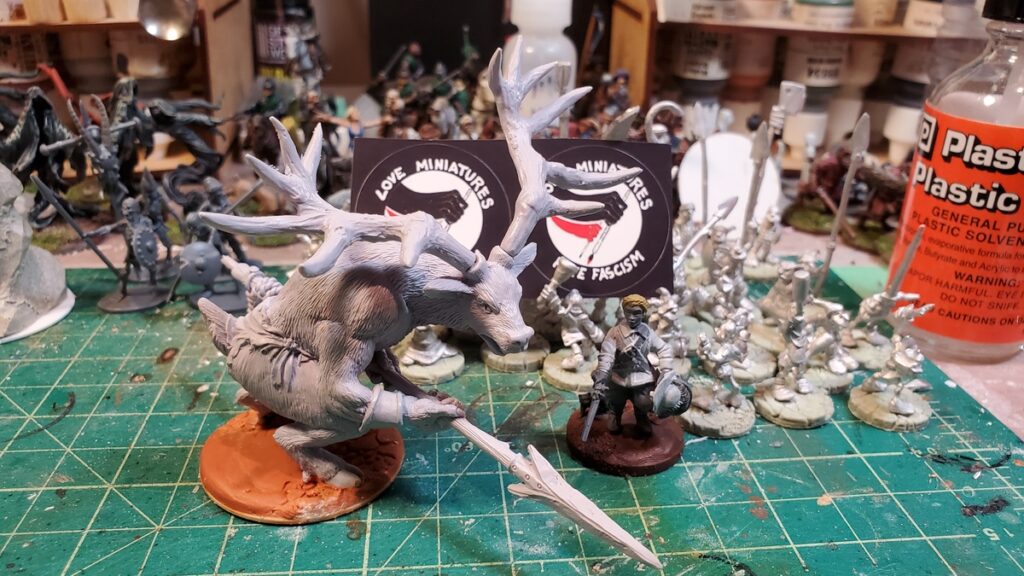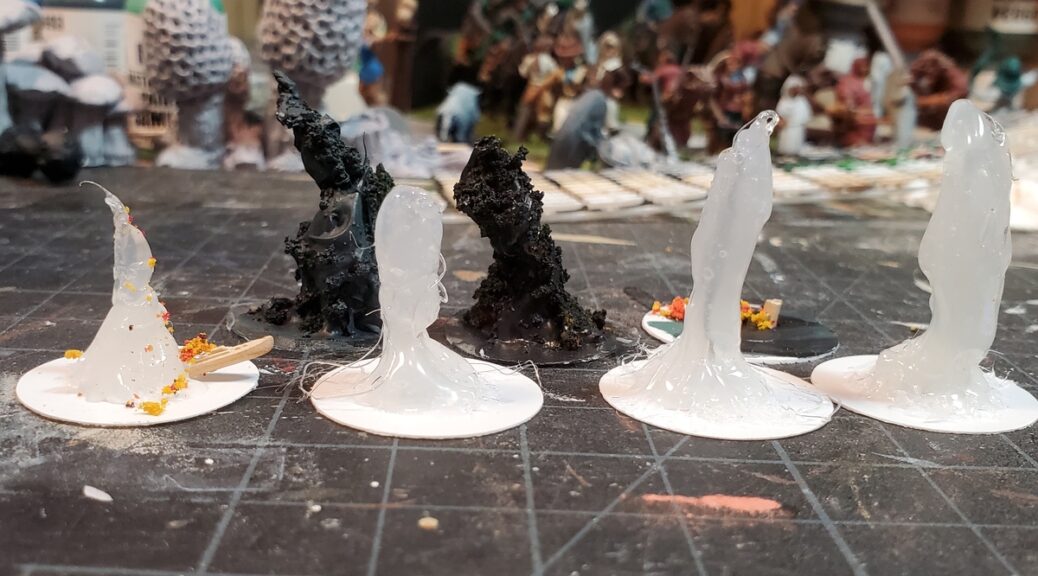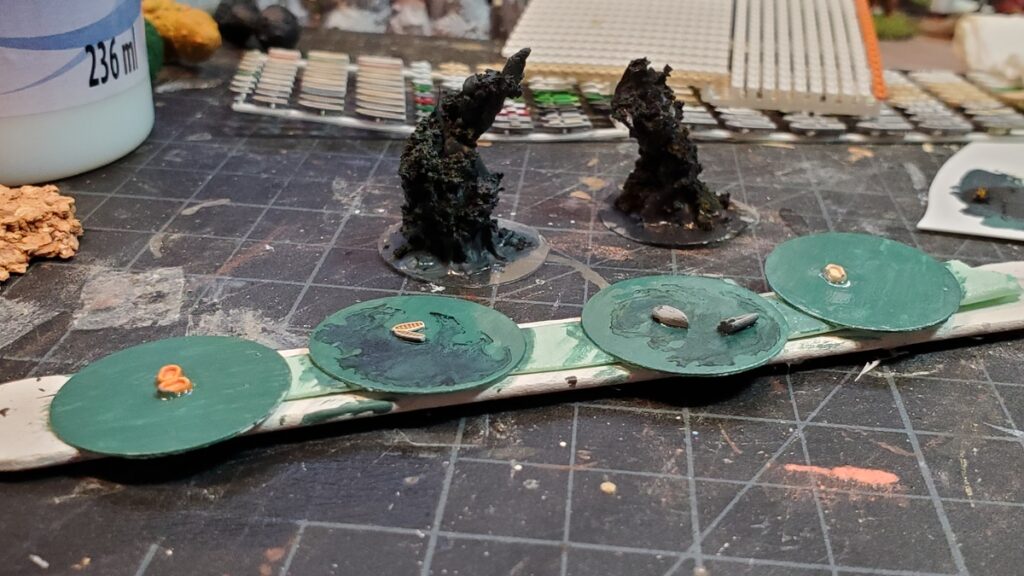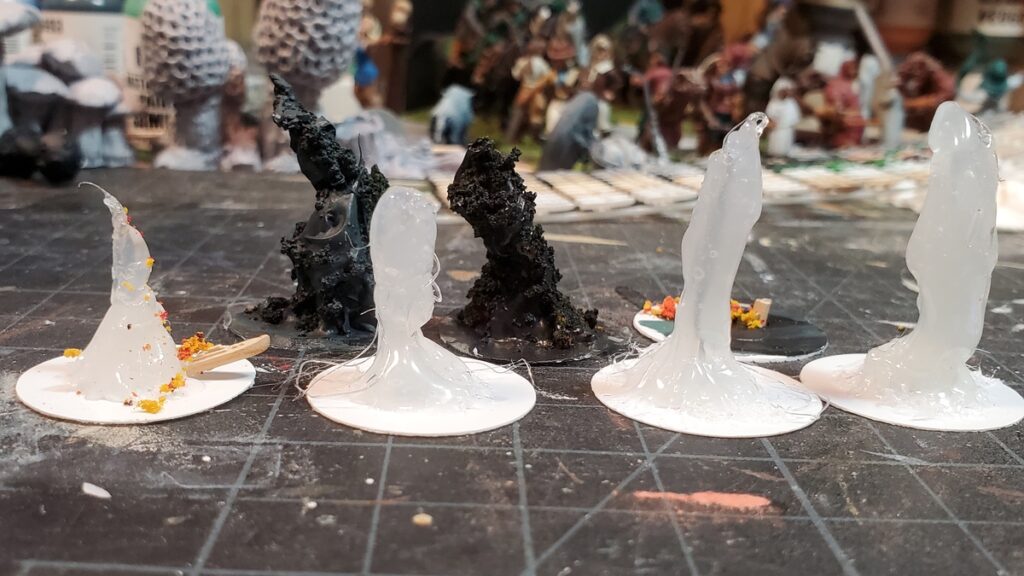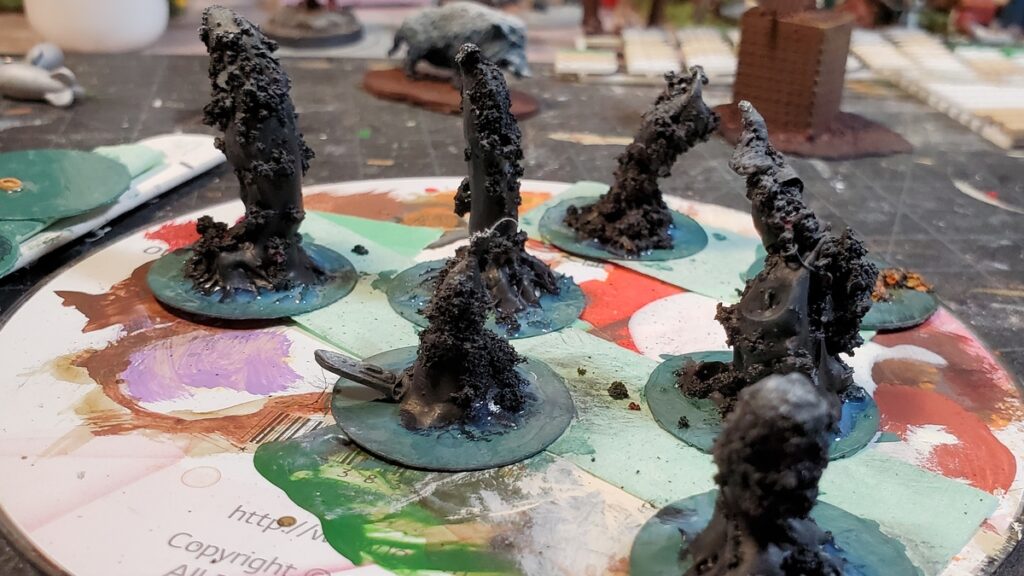Finally finished the sixteen English Civil War 28mm figures from Bloody Miniatures’ Release 1, The Company of Wolves. I did mine up a bit plainer than the painted examples on the company website, modelling them mostly after some of the county/semi-rural troops from the ECW with mostly plain grey/white jackets (unbleached, undyed wool cloth) or buff coats.
I ordered these back in March 2021 when these sixteen figures were the entirety of BM’s offerings; Releases 2 and 3 are now out, each sixteen figures in four packs of four, and Release 4 is due out sometime soon (September 2022, likely) and includes their first armed female figures!
The Company of Wolves has four figures with polearms, four dismounted cavalrymen, four pistoleers, and four with sword or sword & dagger. Scale-wise they’ve been deliberately designed to fit alongside Warlord, TAG, and Bicorne’s existing ECW figures and they do that very nicely.
Sculpting and casting are very clean, minimal mold lines or flash and no slipped molds or other casting errors.
Although I’d call my paint job workmanlike and table-ready rather than inspired, these are lovely figures, each one an individual with good levels of detail.
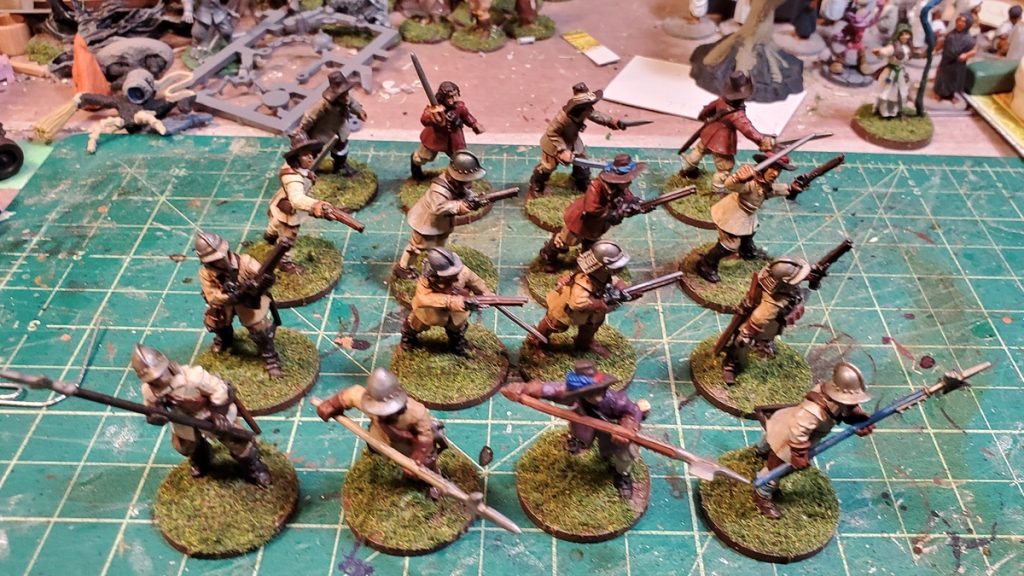
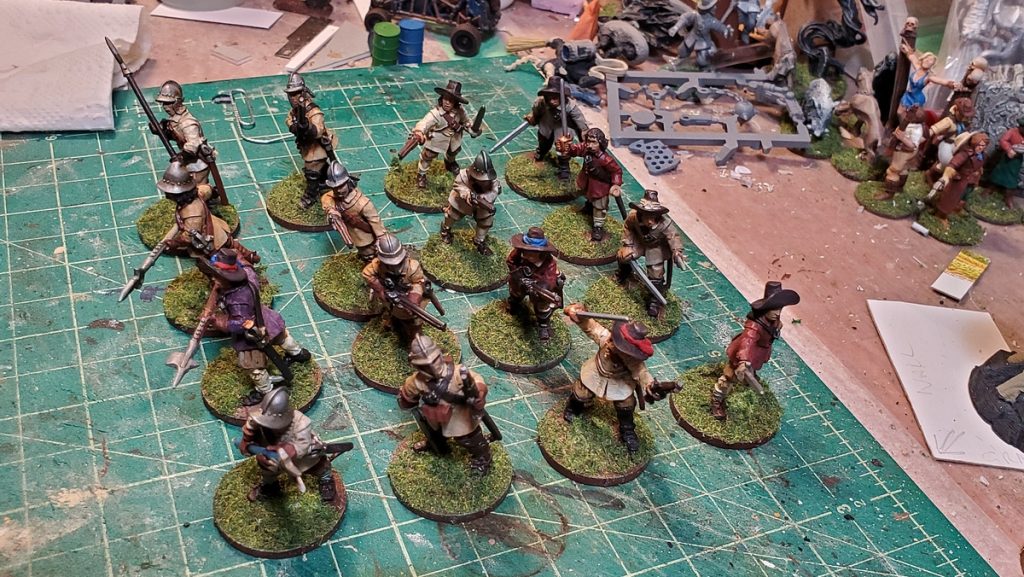
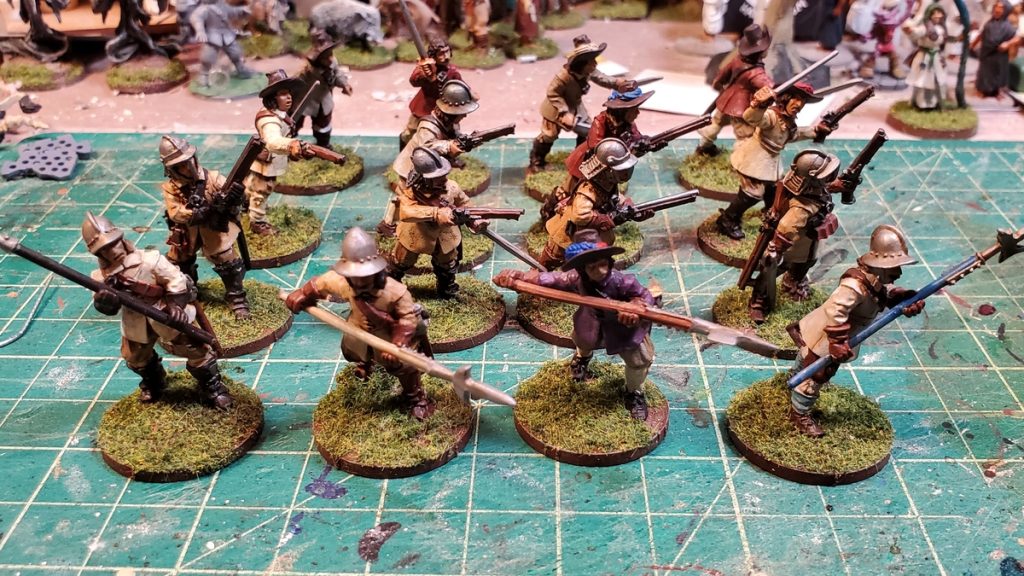
One thing that deserves special mention is how well the polearms fit into the open hands of their figures – open hands and weapon options are often a source of frustration and more of a nuisance than they’re worth with metal figures (and sometimes even with plastics!) but these four (sold as The Forlorn Hope) all fit their weapons and hands together amazingly well. No weird gaps around the hands/weapon hafts, no serious issues fitting them in place, and they look good without need gaps filled with greenstuff or other serious intervention! Nicely done to BM’s sculptor and caster on that front!
I’m really looking forward to the upcoming Release 4 mostly for the armed ladies, which basically nobody else makes for 17th C gaming, but I’ll be getting the full set of sixteen as everything Bloody Miniatures has done is well worth it. I will likely even go back and order their previous releases, even though I have more than enough ECW/TYW character figures for skirmish gaming!

